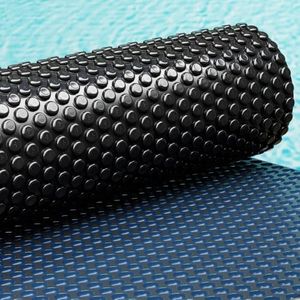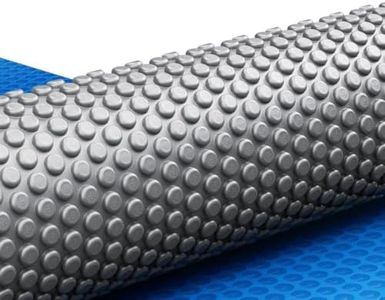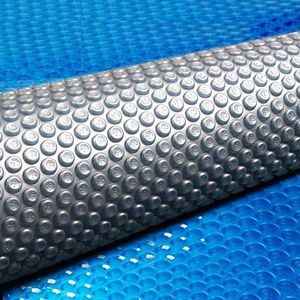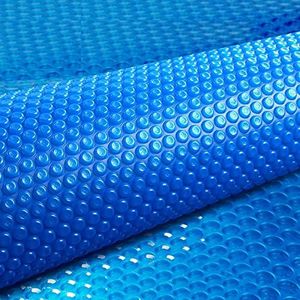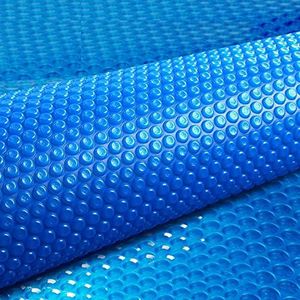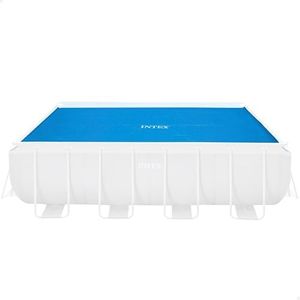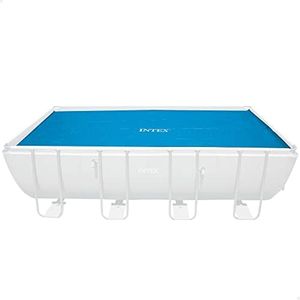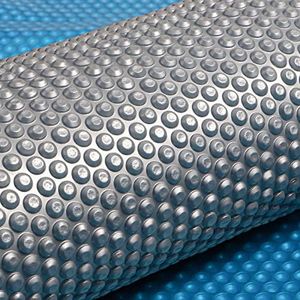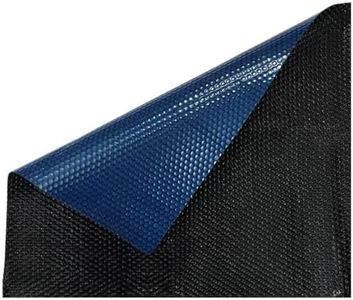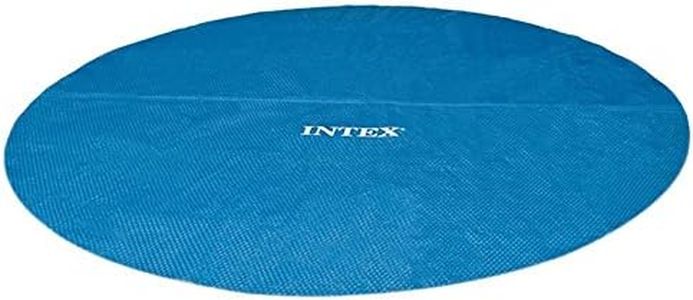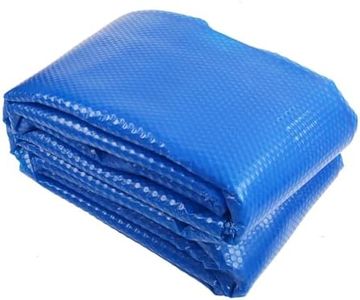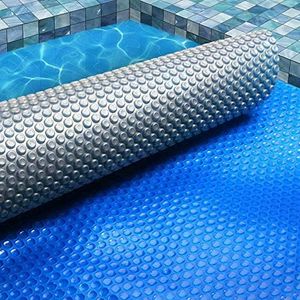We Use CookiesWe use cookies to enhance the security, performance,
functionality and for analytical and promotional activities. By continuing to browse this site you
are agreeing to our privacy policy
10 Best Solar Pool Covers
From leading brands and best sellers available on the web.Buying Guide for the Best Solar Pool Covers
When choosing a solar pool cover, think of it as a blanket for your pool that uses the power of the sun to keep your water warm and reduce evaporation. The right cover can make your pool more comfortable to use, extend your swimming season, and save water and energy. To get the best results, it’s important to understand the different features and specifications of solar pool covers so you can choose one that matches your pool size, climate, and swimming habits.Material ThicknessMaterial thickness measures how heavy-duty the solar cover is, usually in mils (a thousandth of an inch). Thinner covers, like 8-12 mil, are lighter and easier to handle but may not last as long or retain as much heat. Medium thickness, around 14-16 mil, offers a good balance of ease-of-use and durability. Thicker covers, 18 mil or more, are tougher and hold more heat, but are heavier and a bit bulkier to move. If you use your pool frequently and want something that’s easy to manage, a medium thickness is a safe bet. For long-term use and maximum heat retention in cooler zones, a thicker cover may suit you best.
ColorSolar covers come in colors like blue, clear, or sometimes darker tints. The color affects how much sunlight gets through and how much heat is trapped. Clear covers allow more sunlight into the water, often leading to higher heating but can lose heat at night more quickly. Blue covers strike a balance, offering decent heat gain and some insulation. Darker covers may reduce evaporation more but won’t heat the water as effectively. If you want to heat your pool as much as possible, look for a clear or light blue cover. If reducing water evaporation or chemical loss is more important, a darker cover might be right for you.
Bubble DesignThe bubbles on a solar pool cover trap air and help insulate the pool water. Larger, thicker bubbles can provide better heat retention and durability, while smaller, thinner ones may be less efficient and wear out sooner. The shape and depth of the bubbles can also affect how well the cover floats and how heat is transferred. If you’re seeking the most warmth and a longer-lasting cover, go for one with deeper, more robust bubbles. For casual or short-term use, standard bubbles may suffice.
Size and ShapeGetting the right fit is crucial. Covers come in various sizes and can be trimmed to fit the shape of your pool. A cover that fully covers the water’s surface will work best at keeping the heat in and debris out. Measure your pool’s exact dimensions—length, width, and shape—before buying. If your pool isn’t a standard shape, choose a slightly larger cover that you can cut to fit. This way you ensure the maximum insulation and heat retention.
UV and Chemical ResistanceRegular exposure to sunlight and pool chemicals can break down a solar cover over time. Some covers are treated to resist UV rays and chemical degradation, making them last longer and maintain their insulating qualities. These treatments can be especially important in sunny regions or if you keep your pool chlorinated. If you plan to keep your cover on for most of the season or live in a very sunny area, UV resistance is a key feature to look for.
Ease of HandlingBecause solar covers can be bulky, consider how easy it will be to take the cover off and put it on. Some covers are lighter and easier to manage, while others may require a reel system or extra help to move. If you plan to use the cover frequently and want minimal fuss, pick a cover that is lightweight or compatible with a reel. For larger pools, this becomes even more important.
